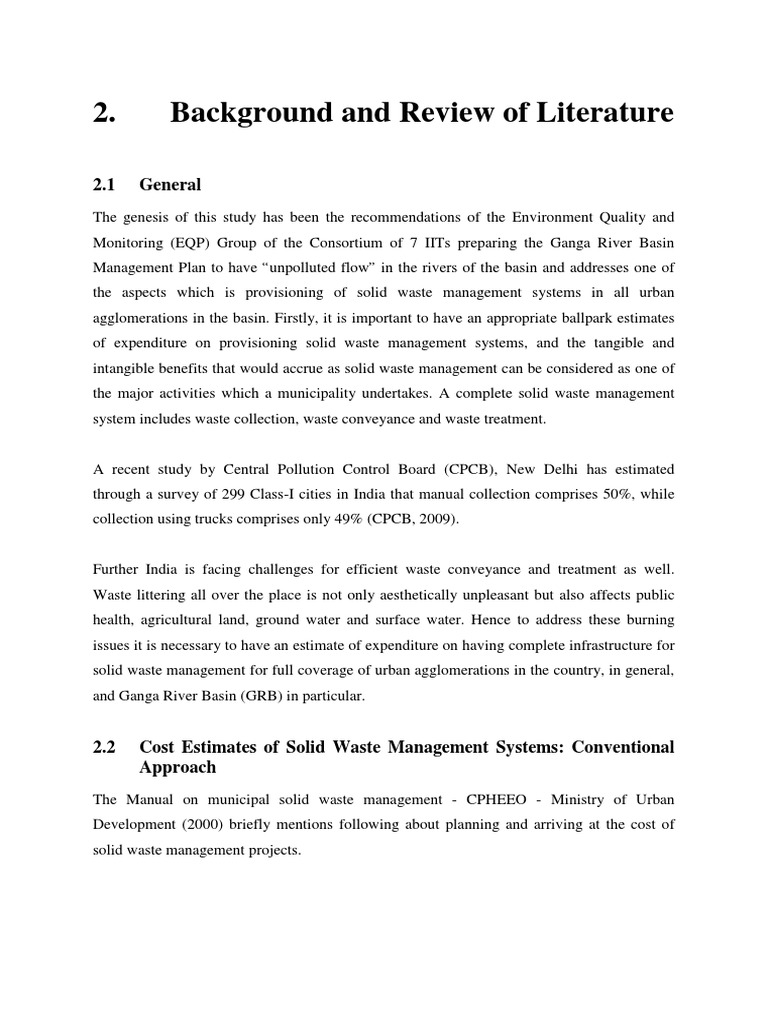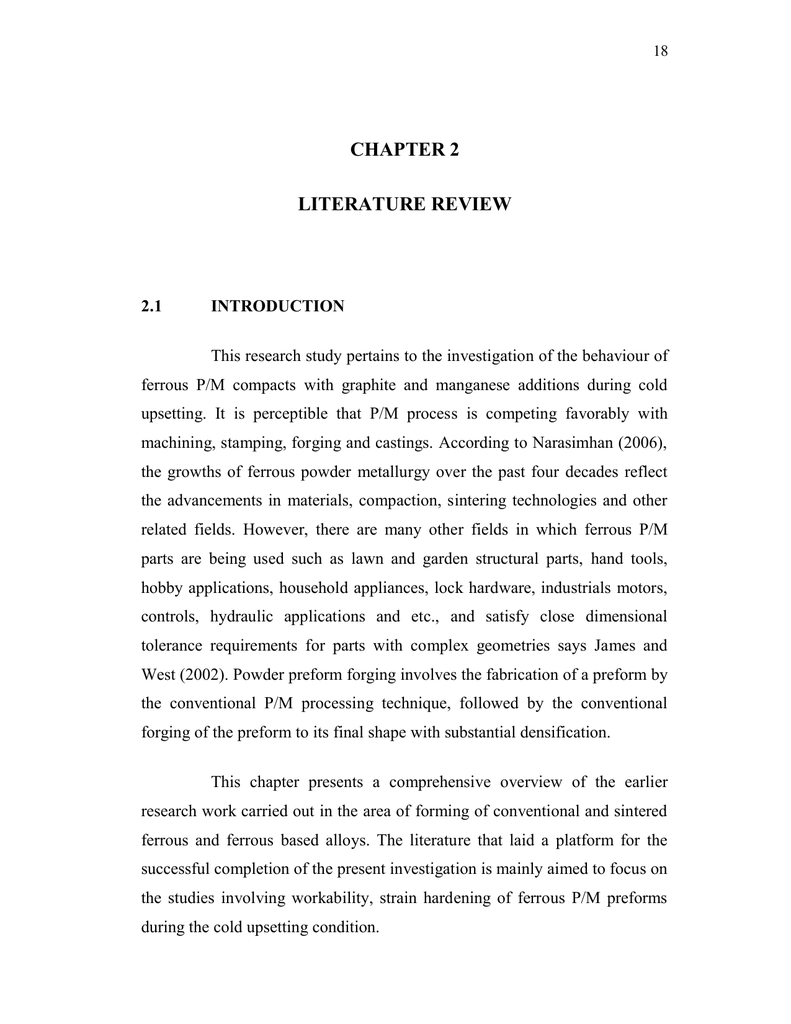Are you searching for 'literature review chapter'? You can find all the information here.
Rightful like other chapters, your literature brushup needs a vindicated introduction, body and conclusion.The introduction department should provide AN overview of what you will discourse in your lit review.The body department of your lit review can glucinium organised by chronology, theme or methodological analysis. ...
Table of contents
- Literature review chapter in 2021
- Literature review template
- Literature review chapter 2
- Literature review chapter introduction
- Literature review chapter in thesis
- Literature review thesis
- Purdue owl literature review
- Literature review in research
Literature review chapter in 2021
 This image representes literature review chapter.
This image representes literature review chapter.
Literature review template
 This picture demonstrates Literature review template.
This picture demonstrates Literature review template.
Literature review chapter 2
 This picture illustrates Literature review chapter 2.
This picture illustrates Literature review chapter 2.
Literature review chapter introduction
 This picture demonstrates Literature review chapter introduction.
This picture demonstrates Literature review chapter introduction.
Literature review chapter in thesis
 This picture shows Literature review chapter in thesis.
This picture shows Literature review chapter in thesis.
Literature review thesis
 This image representes Literature review thesis.
This image representes Literature review thesis.
Purdue owl literature review
 This image shows Purdue owl literature review.
This image shows Purdue owl literature review.
Literature review in research
 This picture illustrates Literature review in research.
This picture illustrates Literature review in research.
What is a graduate-level literature review for Education?
A graduate-level literature review is a compilation of the most significant previously published research on your topic.
When do literature reviews appear in a thesis?
(Adapted from Literature Reviews: An Overview for Graduate Students under a Creative Commons Attribution-NonCommercial-ShareAlike 3.0 United States license.) Within a thesis, a literature review may appear in a single chapter – often being the first independent chapter after the introduction.
What should the structure of a literature review be?
The structure of your literature review will depend largely on your topic area and your research aims and objectives. You could potentially structure your literature review chapter according to theme, group, variables chronologically or per concepts in your field of research.
What is the fourth function of a literature review?
The fourth function of the literature review is to inform the choice of methodology for your own research. As we’ve discussed on the Grad Coach blog, your choice of methodology will be heavily influenced by your research aims, objectives and questions.
Last Update: Oct 2021